Home>Garden Essentials>How To Make An Indoor Water Fountain
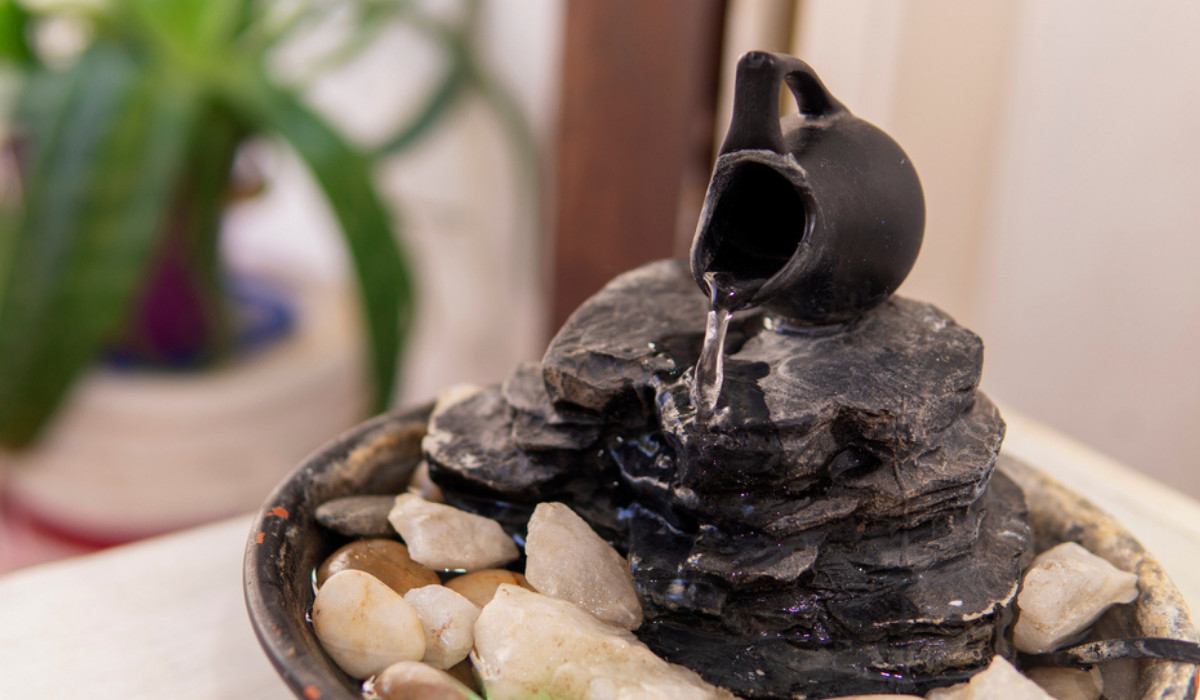

Garden Essentials
How To Make An Indoor Water Fountain
Modified: March 16, 2024
Learn how to create a stunning garden-inspired indoor water fountain in your own home. Transform your space with this captivating DIY project.
(Many of the links in this article redirect to a specific reviewed product. Your purchase of these products through affiliate links helps to generate commission for Storables.com, at no extra cost. Learn more)
Introduction
Welcome to the world of indoor water fountains! Adding a water fountain to your indoor space can bring a sense of harmony, tranquility, and natural beauty. Whether you want to create a relaxing ambiance in your living room or add a touch of serenity to your office, an indoor water fountain can be the perfect addition to any space.
Not only do indoor water fountains provide a soothing and calming effect, but they can also improve the air quality by adding moisture to the environment. The sound of running water can drown out background noise and create a peaceful atmosphere, making it easier to concentrate and unwind.
Creating your own indoor water fountain can be a fun and rewarding project. By following a few simple steps and using readily available materials, you can design and build a unique fountain that suits your style and preferences.
In this guide, we will walk you through the process of making an indoor water fountain. From selecting the right container and pump to adding decorative elements, we will cover all the essential steps. Whether you are a seasoned DIY enthusiast or a beginner, this article will provide you with the knowledge and inspiration to create a stunning indoor water feature.
So, let’s dive in and discover how to make your own indoor water fountain and bring the soothing sounds of flowing water into your living space.
Key Takeaways:
- Creating an indoor water fountain is a fun DIY project that brings relaxation and natural beauty to any space. It’s easy to do with simple steps and readily available materials.
- Maintaining your indoor water fountain is essential for its longevity. Regular cleaning, monitoring water levels, and addressing issues promptly will ensure it continues to bring tranquility to your indoor space.
Read more: How To Clean An Indoor Water Fountain
Materials Needed
Before you get started on your indoor water fountain project, it’s important to gather all the necessary materials. Here are the items you will need:
- A container: Choose a container that is suitable for holding water. It can be a decorative bowl, a ceramic pot, a glass vase, or even a repurposed item like a teapot or a wine barrel. Just make sure it is sturdy and waterproof.
- A water pump: Look for a small submersible water pump that is appropriate for the size of your container. You can find these pumps at garden centers, home improvement stores, or online.
- Tubing: You will need flexible tubing to connect the pump to the fountainhead. Make sure the tubing fits securely over the pump outlet and is long enough to reach the desired fountainhead location.
- A fountainhead: This is where the water will flow out and create the fountain effect. You can choose from a wide variety of fountainheads, such as cascading tiers, spouts, or sprays. Select one that fits your aesthetic preferences and complements the overall design of your fountain.
- Decorative elements: Enhance the visual appeal of your water fountain by adding decorative elements. This could include rocks, pebbles, seashells, glass beads, or aquatic plants. Get creative and choose items that reflect your personal style.
- A waterproof liner (optional): If your container is not waterproof, you may need to line it with a waterproof material like a pond liner or a plastic bag to prevent leakage. This step is necessary for some porous materials like terracotta pots.
- A power source: To operate the water pump, you will need access to a power outlet near your fountain location. Make sure you have a nearby electrical socket or consider using an extension cord if needed.
Once you have gathered all the necessary materials, you are ready to start creating your indoor water fountain. Now, let’s move on to the next step – choosing the perfect container for your fountain.
Step 1: Choosing a Container
The container you choose for your indoor water fountain will be the foundation of your design. It is important to select a container that not only suits your aesthetic preferences but also functions well as a water reservoir. Here are some factors to consider when choosing a container:
- Size: Consider the size of the space where you intend to place the fountain. If you have limited space, choose a smaller container that fits well without overcrowding the area. On the other hand, if you have ample space, you can opt for a larger container that makes a bold statement.
- Material: Containers come in various materials, such as ceramic, glass, metal, or even natural materials like stone or wood. Each material has its unique aesthetic and maintenance requirements. Choose a material that complements your decor and fits well with the overall theme of your indoor space.
- Shape: Consider the shape of the container and how it will affect the visual appeal of your fountain. You can choose a traditional round shape, a square or rectangular shape for a more modern look, or even an irregular shape for a unique and artistic touch.
- Waterproofness: Ensure that your chosen container is waterproof or can be made waterproof. Some materials like ceramic or terracotta may require lining the interior with a waterproof liner or sealant to prevent leakage.
- Accessibility: Think about how easy it will be to access the inside of the container for maintenance and cleaning. Make sure you can easily reach the pump and make adjustments if needed.
When selecting a container, let your personal style and creativity guide you. Consider the overall theme of your indoor space and choose a container that enhances the ambiance you wish to create. Once you have chosen the perfect container, you can move on to the next step – selecting a pump for your indoor water fountain.
Step 2: Selecting a Pump
The pump is a crucial component of your indoor water fountain as it circulates and moves the water, creating the soothing sounds and visual effects. Here are some factors to consider when selecting a pump:
- Flow rate: Determine the desired flow rate for your fountain. This determines how much water the pump can move per hour, and it affects the intensity of the fountain’s water flow. If you prefer a gentle and serene flow, choose a pump with a lower flow rate. For a more vibrant and dynamic flow, select a pump with a higher flow rate.
- Head height: Consider the height that the pump needs to push the water to reach your desired fountainhead. Measure the vertical distance from the water surface in your container to the fountainhead location. This measurement is known as the “head height.” Choose a pump that can handle the head height required for your fountain design.
- Power consumption: Check the power consumption of the pump to ensure it is compatible with the electrical outlets available in your indoor space. Consider energy-efficient options to minimize electricity usage.
- Noise level: Some pumps can produce noise, which may affect the overall ambiance of your indoor space. Look for pumps that are specifically designed to operate quietly, especially if you plan to place the fountain in a bedroom or a quiet area.
- Durability and reliability: Opt for a pump that is designed to be durable and reliable, as it will be running continuously. Look for pumps made of high-quality materials and read customer reviews to ensure its longevity and performance.
It is essential to choose a pump that matches the size and design of your indoor water fountain. Consult the manufacturer’s specifications and guidelines when selecting a pump, and always choose a pump that aligns with the needs and requirements of your specific fountain design.
Once you have selected the appropriate pump, you can proceed to the next step – adding decorative elements to your indoor water fountain.
Step 3: Adding Decorative Elements
Adding decorative elements to your indoor water fountain is where your creativity and personal style can truly shine. These elements can enhance the visual appeal of your fountain and make it unique to your taste. Here are some ideas to consider when adding decorative elements:
- Rocks and Pebbles: Arrange rocks and pebbles at the bottom of your container to create a natural and organic look. You can use a variety of sizes and colors to add texture and depth to your fountain.
- Seashells and Glass Beads: Add a touch of elegance by placing seashells or glass beads around the fountain. These elements can create a sparkling effect as the water flows over them.
- Aquatic Plants: Consider incorporating aquatic plants, such as small water lilies or floating plants, into your fountain. These plants not only add a fresh and natural touch but also help oxygenate the water.
- Statues or Figurines: Place small statues or figurines around the fountain to create a focal point and add a touch of charm or whimsy. Choose figurines that are suited to your personal style and align with the ambiance you want to create.
- Lighting: Install LED lights or small spotlights near your fountain to enhance its visual appeal. Colored lights can create a vibrant and mesmerizing atmosphere, especially in low-light settings.
- Waterproof Ornaments: Use waterproof ornaments, such as small sculptures or ceramic objects, to add artistic flair to your fountain. These can be placed strategically around the fountain to create a harmonious and eye-catching display.
When adding decorative elements, make sure they are suitable for use with water and won’t deteriorate or pose a risk to the water pump. Experiment with different combinations and arrangements to find the perfect balance and create a visually stunning indoor water fountain.
You are now ready to move on to the next step – assembling your indoor water fountain. Let’s bring your vision to life!
To make an indoor water fountain, choose a waterproof container, add a submersible pump, and decorate with rocks or plants. Ensure the pump is hidden and the water is regularly topped up.
Read also: 15 Best Indoor Water Fountain For 2024
Step 4: Assembling the Fountain
Now that you have chosen a container, selected a pump, and added your desired decorative elements, it’s time to assemble your indoor water fountain. Follow these steps to bring your fountain to life:
- Position the pump: Place the water pump at the bottom of your chosen container. Ensure that it is centered and secure, and that the pump’s electrical cord is easily accessible.
- Attach the tubing: Connect one end of the tubing to the pump outlet. Make sure the connection is tight and secure to prevent any water leakage.
- Position the fountainhead: Place the fountainhead in the desired location, above the container. Ensure that it is elevated enough for the water to flow back into the container smoothly.
- Thread the tubing through the fountainhead: Carefully thread the tubing through or around the fountainhead, making sure it is positioned correctly and securely attached.
- Adjust the fountainhead: Tweak the position of the fountainhead to achieve the desired water flow and visual effect. You may need to experiment with different angles and positions to find the perfect balance.
- Add water: Fill the container with water, ensuring that it covers the pump completely and reaches the desired level for your fountain design.
- Test the fountain: Plug in the water pump and switch it on to test the fountain’s functionality. Verify that the water is flowing smoothly through the fountainhead and adjust any settings if necessary.
As you assemble your indoor water fountain, take your time to make adjustments and ensure everything is working properly. Don’t be afraid to experiment and make small changes to achieve the desired look and sound.
Once you are satisfied with the assembly and functionality of your indoor water fountain, it’s time to move on to the next step – testing the fountain to ensure it operates as expected.
Step 5: Testing the Fountain
After assembling your indoor water fountain, it’s important to perform a thorough test to ensure that everything is functioning as expected. Follow these steps to test your fountain:
- Check for leaks: Observe the fountain closely for any signs of leakage. Make sure that all connections, including the tubing and fountainhead, are secure and watertight.
- Inspect the water flow: Observe the water flow from the fountainhead. Check if the flow rate and direction align with your desired design. If necessary, make adjustments to the fountainhead positioning or flow rate of the pump.
- Listen for abnormal noises: Pay attention to any unusual or excessive noise coming from the pump. A quiet and soothing sound is desirable, so if you notice any loud or disruptive noises, double-check the pump’s installation and make sure it is working properly.
- Test the electrical connection: Ensure that the pump’s electrical cord is safely connected to a power source without any exposed wires or potential hazards. If the pump has a separate switch or control panel, test its functionality as well.
- Monitor the water level: Keep an eye on the water level in the container. Depending on factors such as evaporation and water splashing, you may need to refill it periodically to maintain the proper water level.
By carefully testing your fountain, you can address any issues or adjustments necessary to achieve the desired functionality and aesthetic appeal. Once you are confident that your indoor water fountain is working smoothly, it’s time to move on to the final step – maintaining the fountain for long-term enjoyment.
Step 6: Maintaining the Fountain
Maintaining your indoor water fountain is essential to keep it running smoothly and looking its best. Regular maintenance will help prevent issues such as algae growth and blockages. Here are some tips for maintaining your fountain:
- Clean the fountain regularly: Remove any debris, leaves, or dirt that may accumulate in the water. Use a mild cleanser or a specialized fountain cleaning solution to clean the container and the fountainhead periodically. Avoid using harsh chemicals that could be harmful to plants or delicate materials.
- Check and clean the pump: Inspect the water pump regularly to ensure it is free from debris and functioning properly. If you notice any blockages or reduced water flow, clean the pump as per the manufacturer’s instructions. This may involve removing the pump from the water and cleaning it with a soft brush or sponge.
- Monitor the water level: Check the water level in the container regularly and top it up as needed to maintain the proper water level for optimal pump performance. Be mindful of evaporation, especially in dry environments.
- Prevent algae growth: Algae can be a common issue in indoor water fountains. To minimize algae growth, avoid placing the fountain in direct sunlight, as sunlight promotes algae growth. You can also add an algae inhibitor or an algaecide to the water periodically.
- Inspect and adjust decorative elements: Check the decorative elements in your fountain regularly. Remove any debris or algae that may have collected on them. Rearrange or replace the decorative elements to keep the fountain visually appealing.
- Address any issues promptly: If you notice any malfunctioning parts or unusual noises coming from the fountain, address the issue promptly. It could be a sign of a pump problem or an obstruction that needs to be resolved to maintain the proper functioning of the fountain.
By implementing a regular maintenance routine, you can ensure the longevity and enjoyment of your indoor water fountain. It’s also a good idea to refer to the manufacturer’s instructions for specific maintenance guidelines.
Congratulations! You have successfully completed all the steps to create and maintain your own indoor water fountain. Enjoy the relaxing sound of flowing water and the visual beauty it brings to your indoor space.
With proper care and maintenance, your indoor water fountain will continue to be a captivating feature and a source of tranquility for years to come.
Happy fountain gazing!
Conclusion
Congratulations on completing the journey of creating your own indoor water fountain! By following the steps outlined in this guide, you have transformed a simple container into a captivating centerpiece that brings the soothing sounds of flowing water and a sense of tranquility to your indoor space.
Your indoor water fountain not only enhances the aesthetic appeal of the room but also provides numerous benefits for your well-being. The sound of running water can help create a peaceful ambiance, drown out background noise, and promote relaxation and stress relief. Additionally, the gentle moisture added to the air by the fountain can improve the overall air quality in your space.
Remember, maintaining your indoor water fountain is key to ensuring its longevity and optimal performance. Regular cleaning, monitoring the water level, and addressing any issues promptly will help keep your fountain in top shape for years to come.
Now, sit back, relax, and enjoy the serenity that your indoor water fountain brings to your surroundings. Take a moment to appreciate the beauty of nature’s elements gracefully flowing indoors.
Thank you for embarking on this creative journey of making an indoor water fountain. We hope it has brought joy and a sense of accomplishment to your DIY project. Whether you have placed it in your living room, office, or bedroom, your indoor water fountain will undoubtedly become a focal point that sparks conversation and admiration.
Embrace the tranquility and freshness of your indoor water fountain, and let it inspire peaceful moments and serene thoughts in your everyday life. Cheers to your success in creating a stunning oasis within your indoor space!
Frequently Asked Questions about How To Make An Indoor Water Fountain
Was this page helpful?
At Storables.com, we guarantee accurate and reliable information. Our content, validated by Expert Board Contributors, is crafted following stringent Editorial Policies. We're committed to providing you with well-researched, expert-backed insights for all your informational needs.
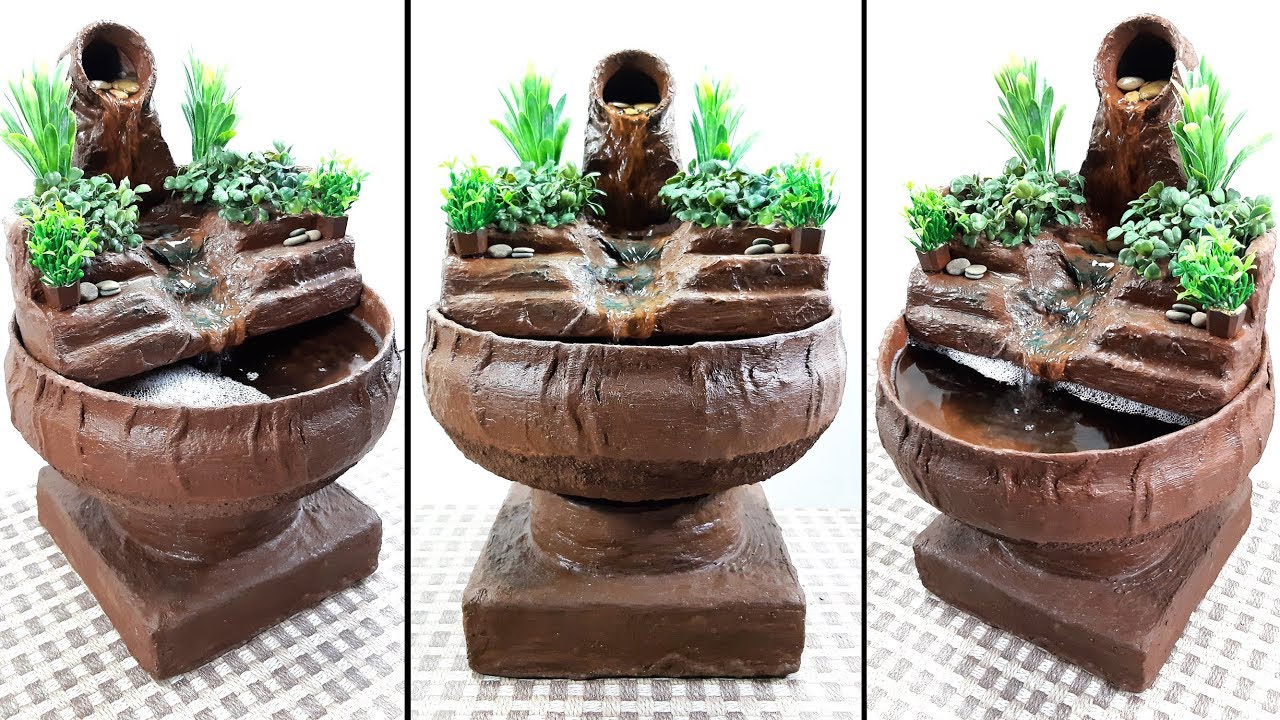

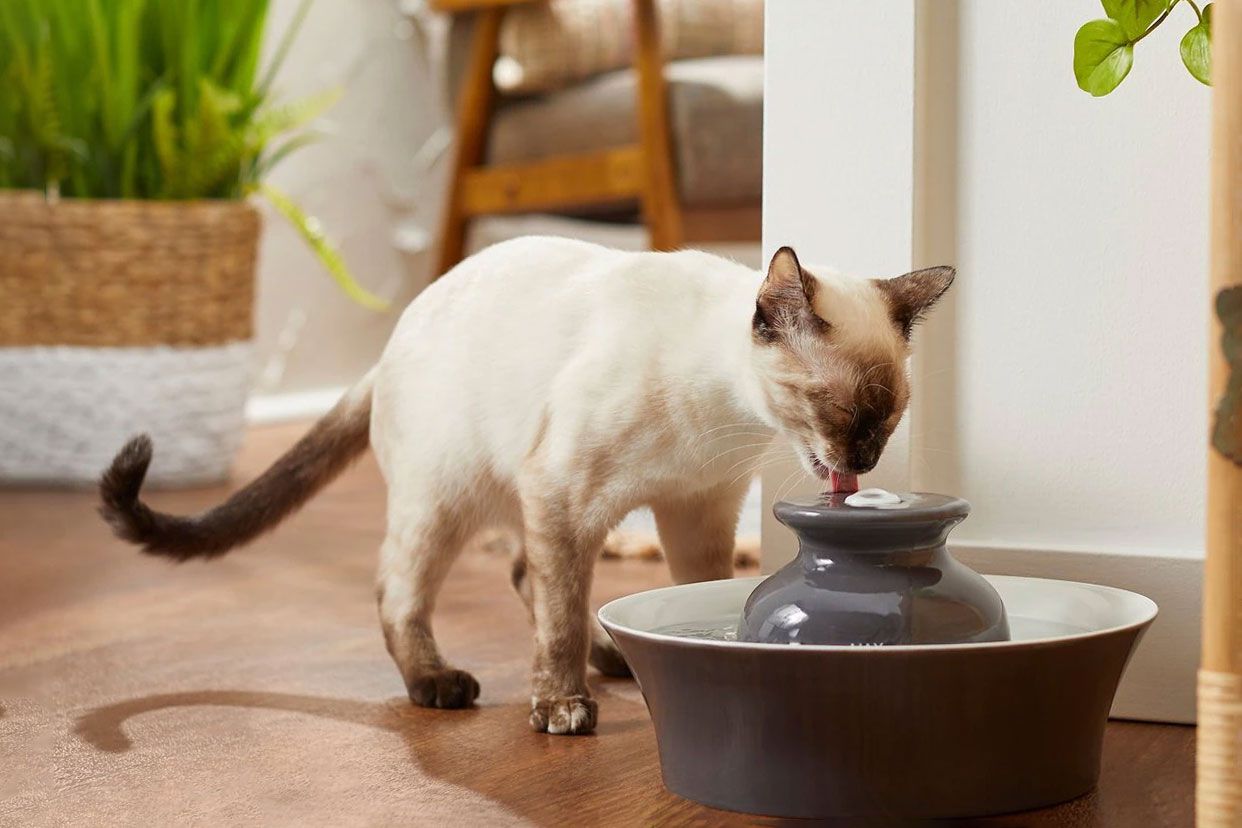
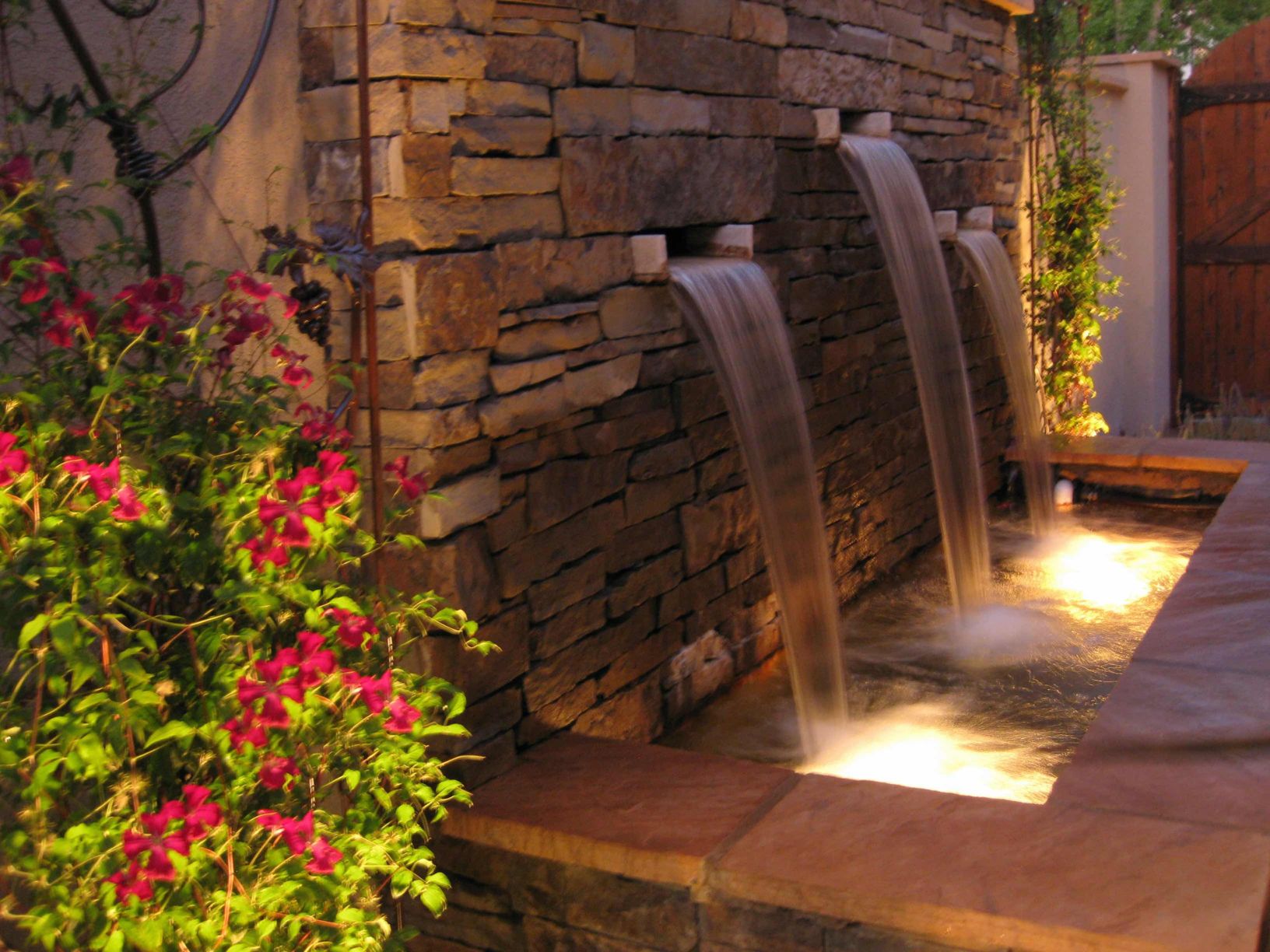
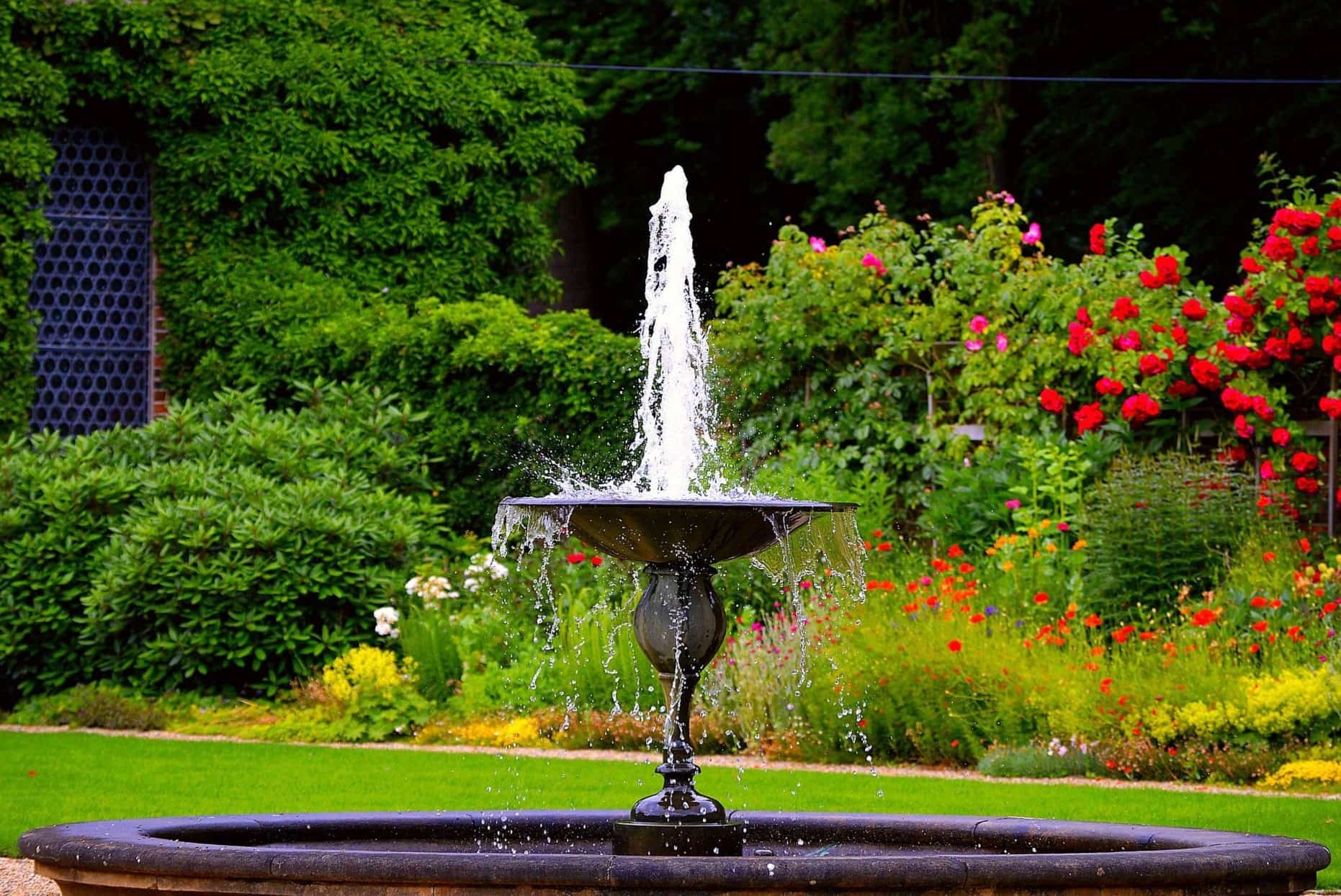
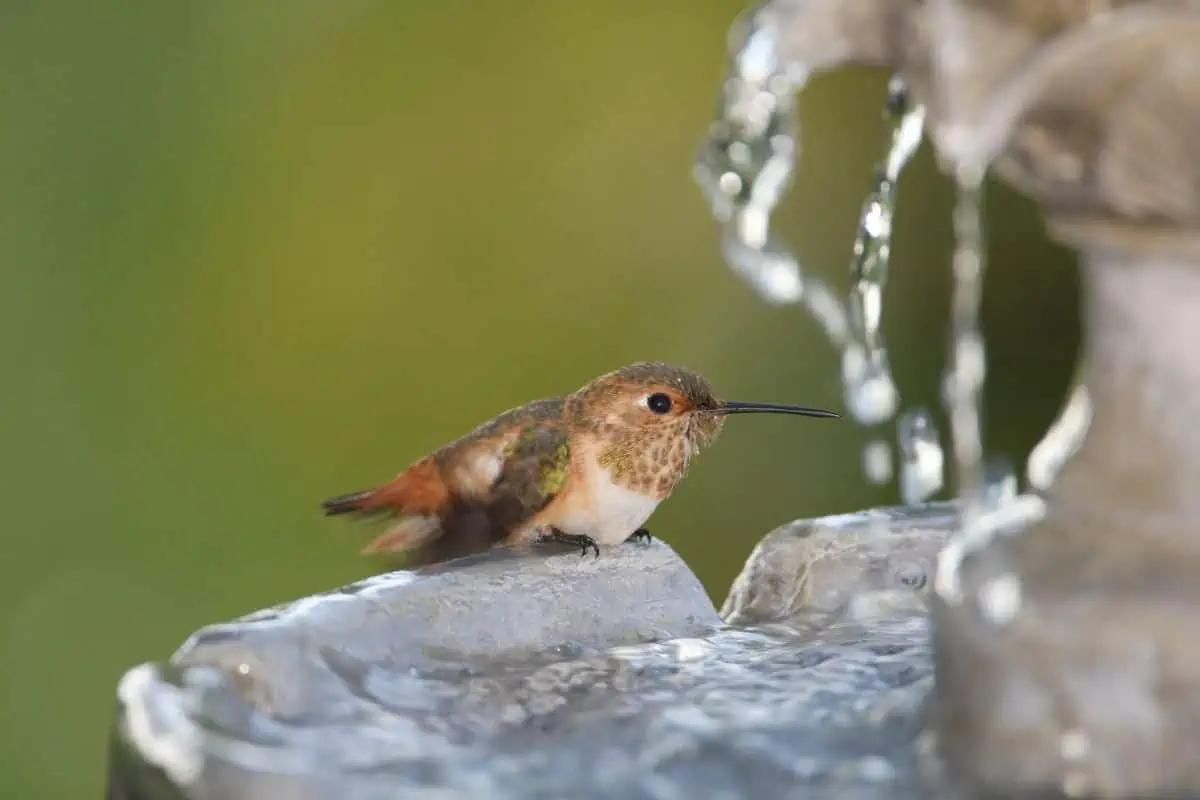
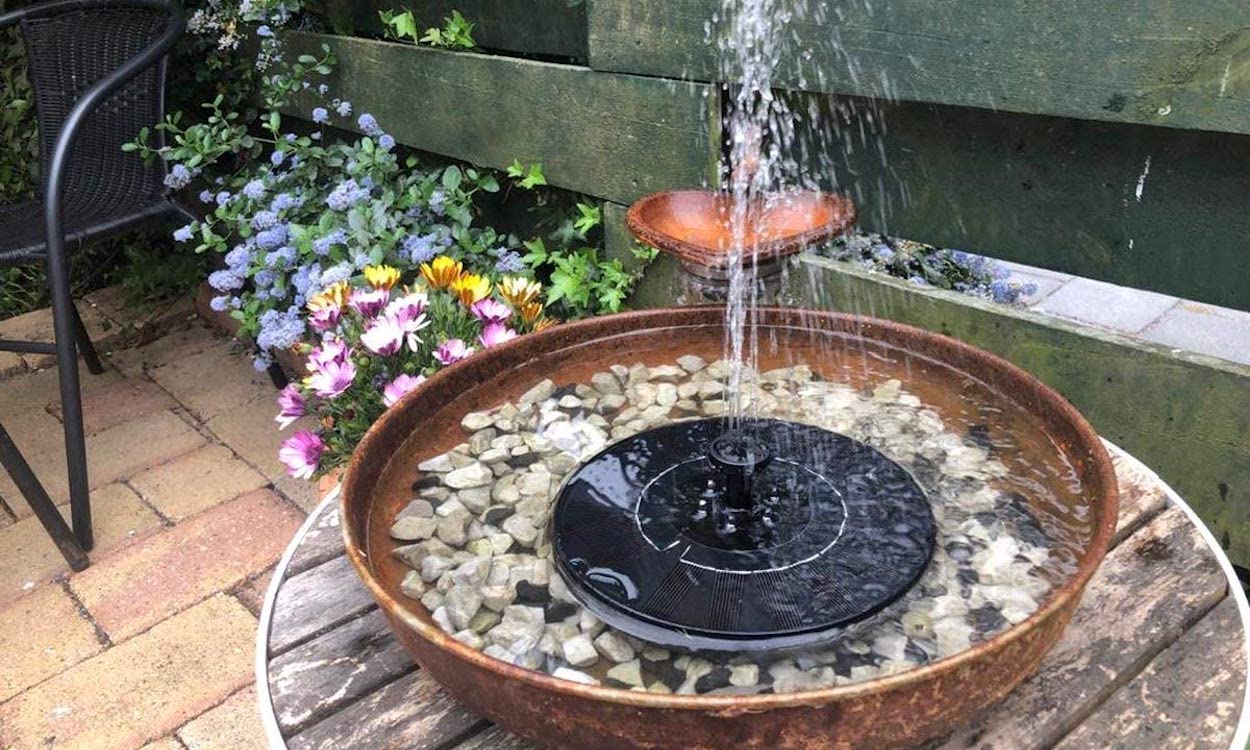
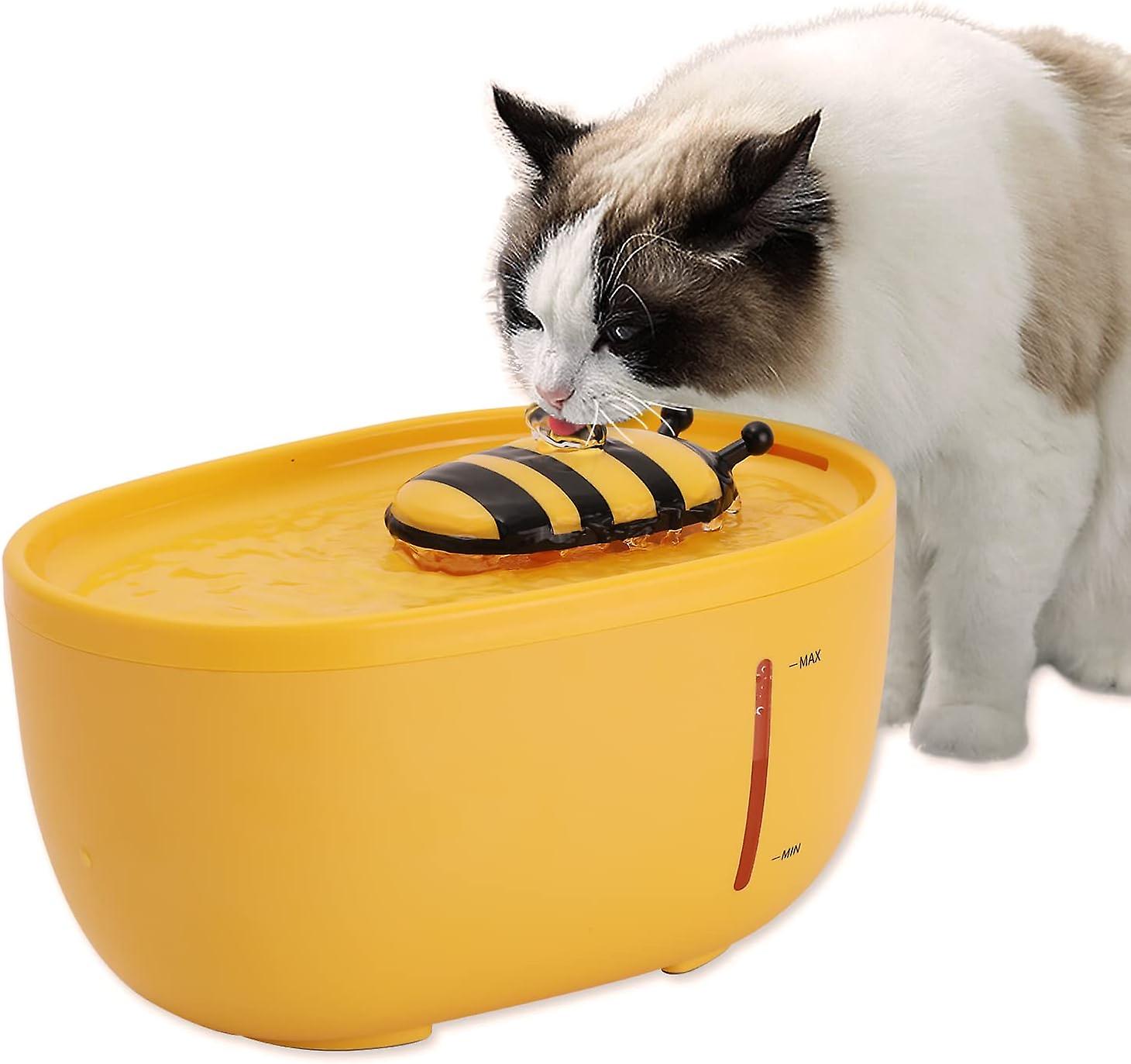
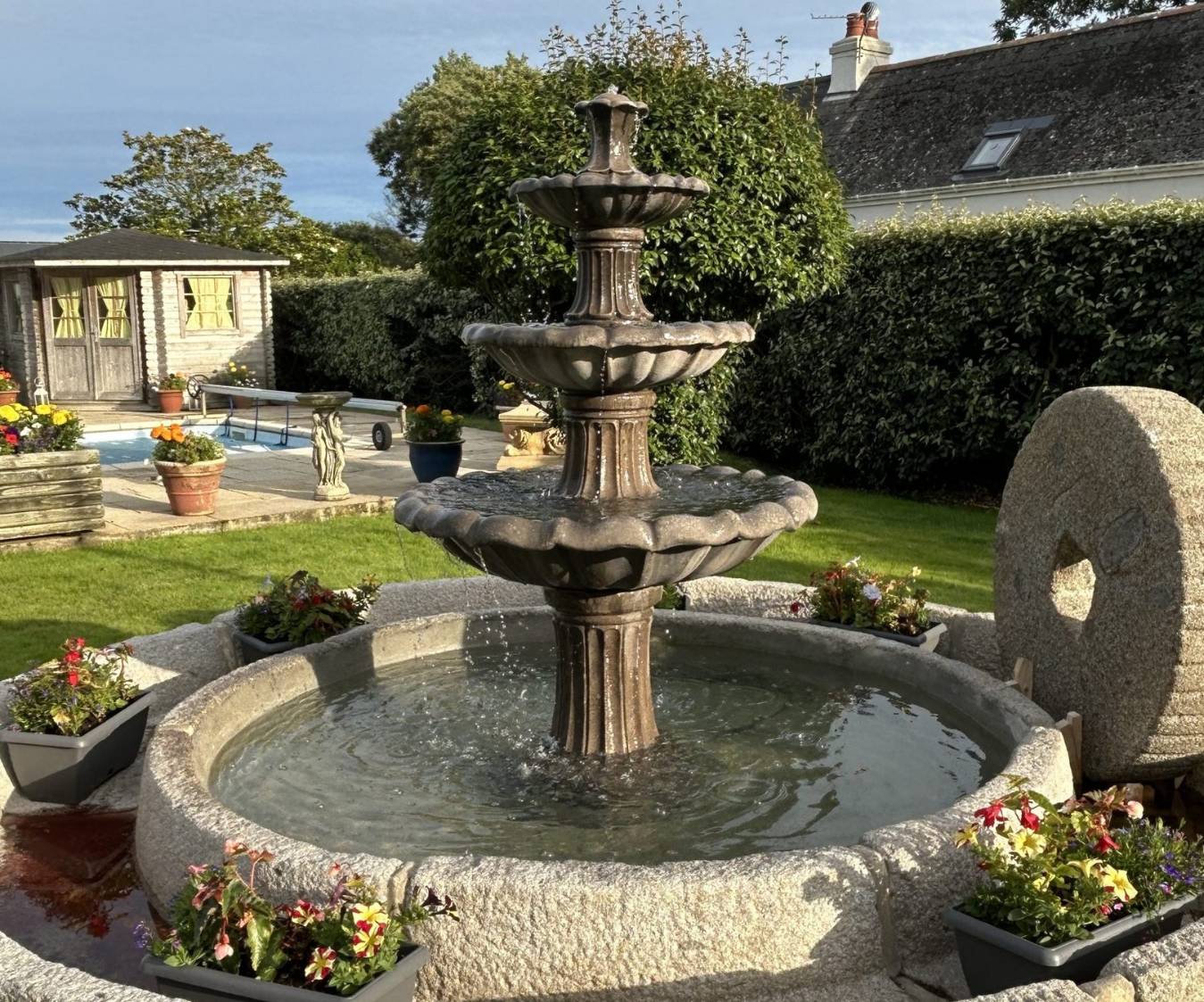
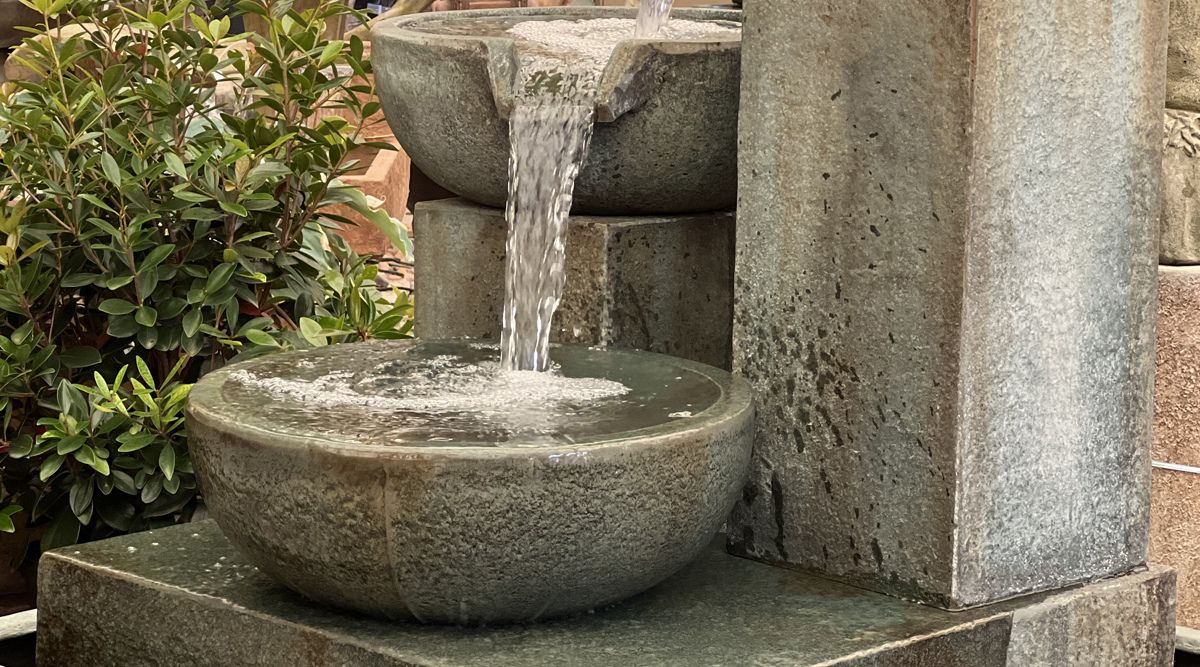
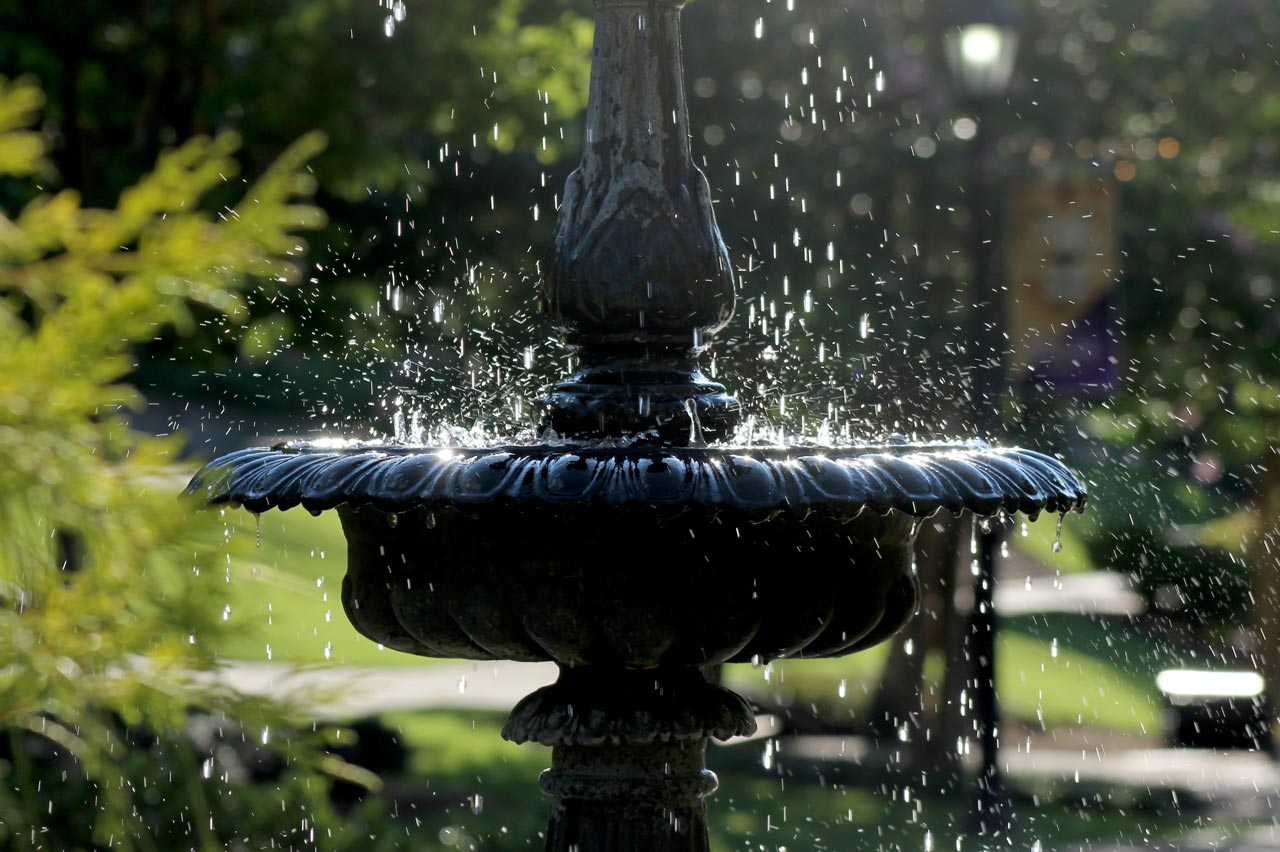
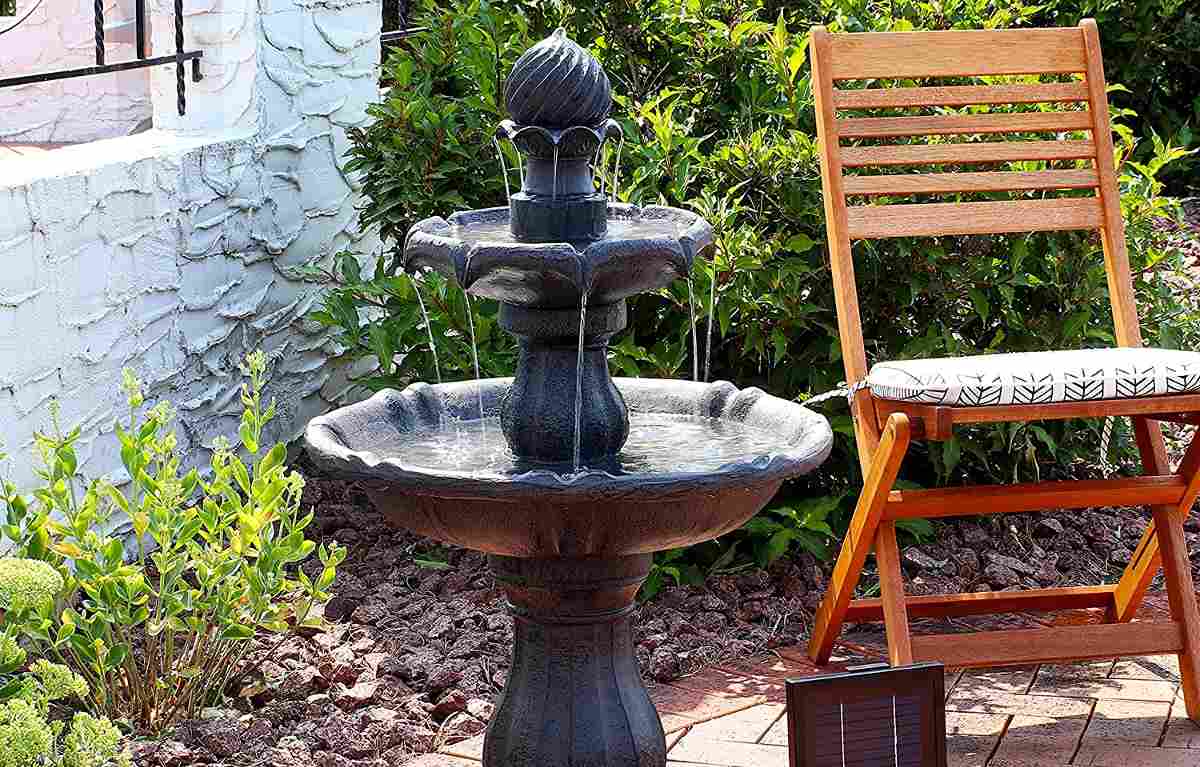
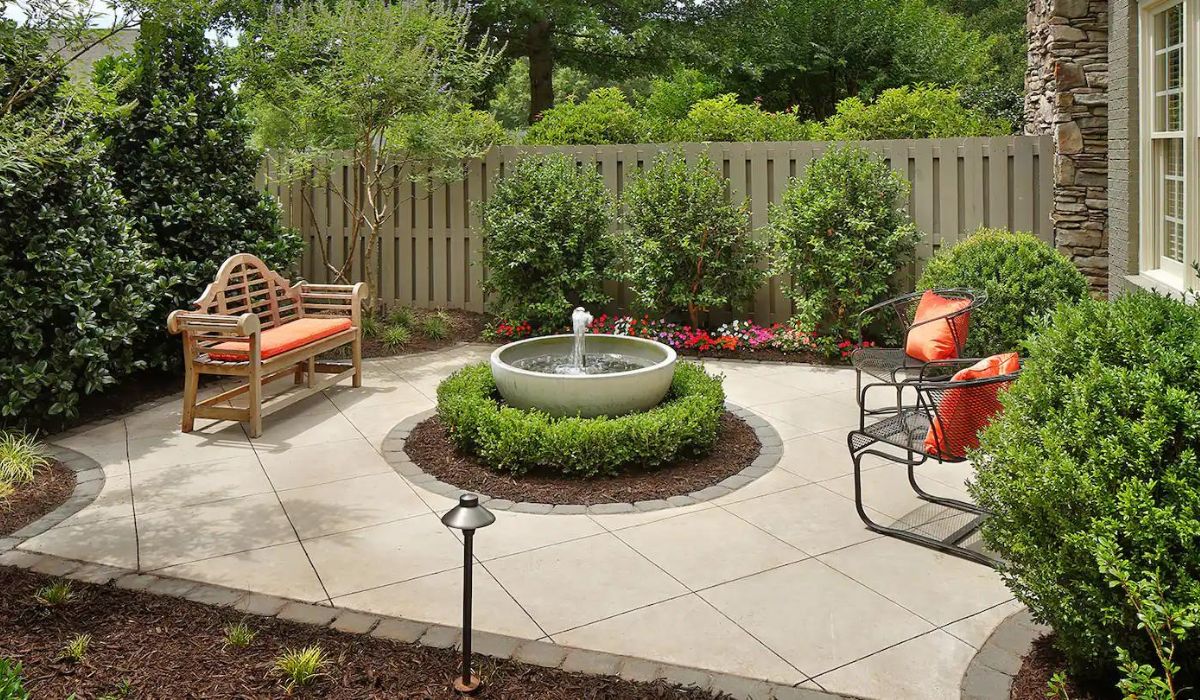
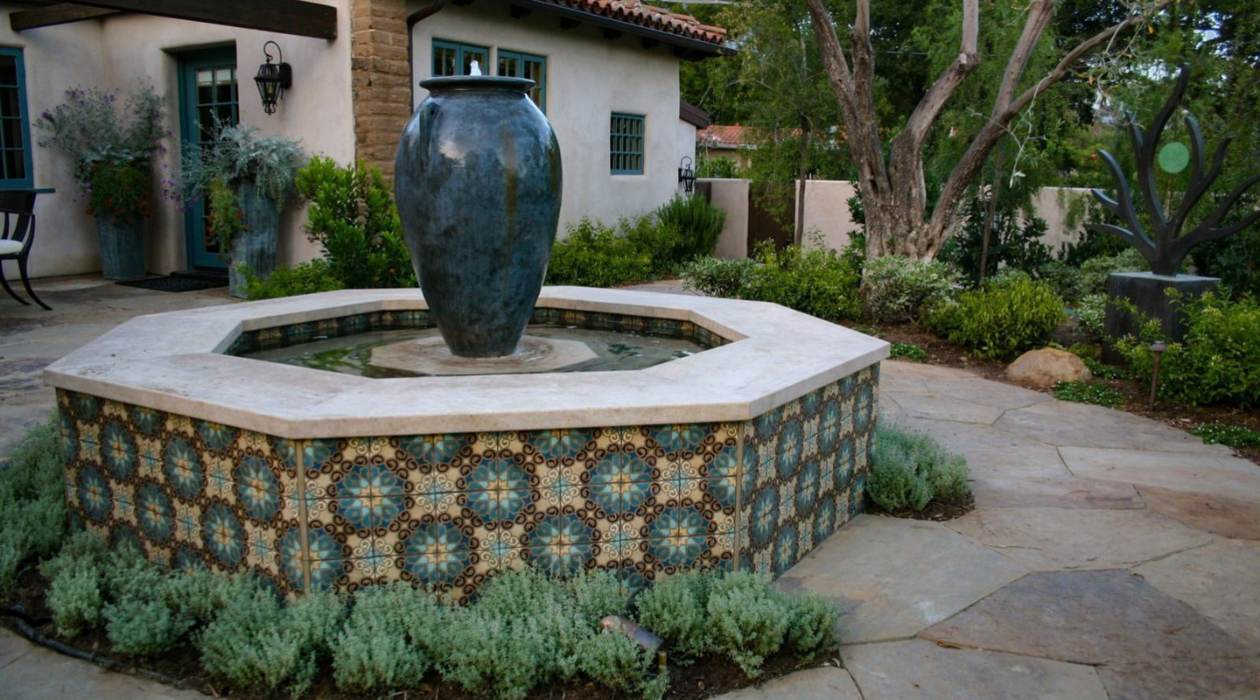

0 thoughts on “How To Make An Indoor Water Fountain”